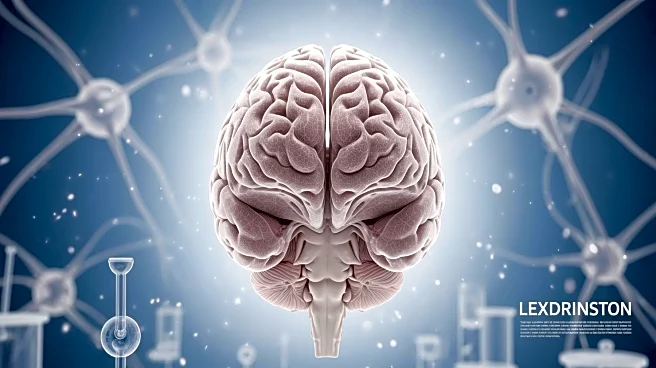What's Happening?
Scientists at Duke-NUS Medical School, in collaboration with partner institutions, have developed a comprehensive single-cell map of the developing human brain, named BrainSTEM. This map identifies nearly
every cell type, records their genetic signatures, and shows how these cells grow and interact. The research aims to advance therapies for Parkinson's disease by providing a detailed understanding of midbrain dopaminergic neurons, which are crucial for movement and learning. The study, published in Science Advances, highlights the potential of BrainSTEM to improve the accuracy of midbrain models and enhance cell therapy efficacy.
Why It's Important?
The development of BrainSTEM is significant as it provides a new standard for evaluating midbrain models, which are essential for developing therapies for Parkinson's disease. By offering a detailed cellular map, the research could lead to more effective treatments, reducing symptoms such as tremors and mobility issues. The study also emphasizes the need for refining experimental protocols to eliminate unwanted cell populations, which could improve the precision of cell therapies. This advancement holds promise for transforming patient care and offering new hope to those affected by neurodegenerative diseases.
What's Next?
The researchers plan to release their brain atlases as open-source references, allowing labs worldwide to utilize the multi-tier mapping approach. This could streamline workflows and accelerate discoveries in neuroscience. The study sets a new benchmark for brain modeling, potentially speeding up the development of reliable cell therapies for Parkinson's disease. As the research community adopts these new standards, it could lead to significant advancements in understanding and treating neurological conditions.











